Must-Read Books About the Oregon Trail
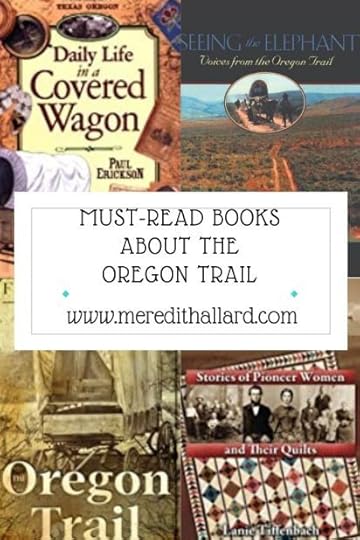
Before I begin, I want to start with a huge thank you to those of you who have read The Duchess of Idaho, a time travel love story set on the Oregon Trail. The Duchess of Idaho was #6 on the Time Travel Romance chart on Amazon and #4 on the Amazon Hot New Release chart in Time Travel Romance, which was unexpected but much appreciated.
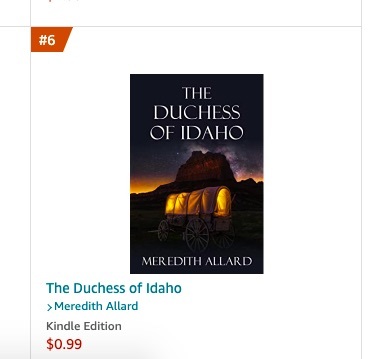 Not too shabby.
Not too shabby.One of the reasons I love writing historical fiction is because I get to learn about the various era of history I’m writing about. Of course, I would make my life a lot easier if I would concentrate on just one historical period, but what fun is that? Yes, I make more work for myself because I have to research a whole new era for each book I write, but I love the challenge of incorporating each new era into my fiction. And quite frankly, I’m a history nerd who loves learning new things.
I tend to choose historical eras for my fiction that I know nothing about. I’ve had to learn about Salem, Massachusetts during the witch trials, Biblical Jerusalem, the American women’s suffrage movement, and most recently I had to learn about life on the Oregon Trail in order to write The Duchess of Idaho. The 2000-mile journey west was treacherous, grueling, and so, so dangerous. Travelers didn’t know what they would face from day to day. Yes, there were lighter moments. There was song and dance and sometimes something to celebrate like a birth or a wedding. Lasting friendships were made. Learning about the Oregon Trail was difficult because there was so much devastation along the way, but it reminded me of the resilience of the human spirit, a lesson we’re in dire need of today.
Many books were indispensable in helping me bring this fascinating era in American history to life. One of my main goals when I’m writing historical fiction is to bring the history to life in such a way that readers become interested in learning more about the time period, so much so that they then seek out nonfiction accounts of the era.
Here are some of the books that helped me bring the Oregon Trail to life.
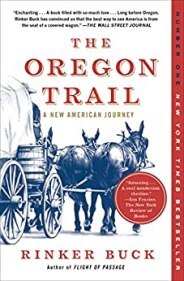
I’ve mentioned The Oregon Trail: A New American Journey by Rinker Buck before because I love it so much. It’s a wonderful account of how Buck and his brother follow the Oregon Trail in a white-covered wagon in modern-day America. The book is filled with interesting tidbits about the trail itself, but it’s also about family and how strangers can become instant friends.
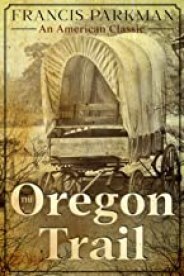
The Oregon Trail by Francis Parkman is a classic account of his time spent traveling west in the 1840s when he was 23. Many of his experiences are the same as those who traveled the Oregon Trail itself. Parkman was particularly obsessed with killing buffalo, as were many of the men traveling west. However, beware. This was written in the 19th century and it reads like it was written in the 19th century. Not long into the book I began thinking, okay, we don’t talk about people that way these days. If you’re sensitive to the insensitivities that those in the past had toward those who were different than themselves, you may want to skip this one. If you can do as I did and hold your nose when Parkman describes Native Americans and others, you can find some insightful information about traveling the plains and the pioneering spirit.
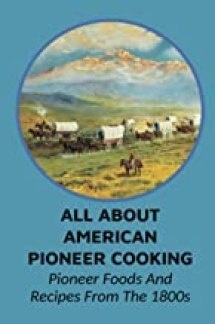
I’ve made no secret of the fact that I missed my calling in this life–I should have been a food historian. This book was a wonderful look at pioneer recipes. While the food wasn’t fancy on the trail and the recipes were fairly simple, the meals were good tasting and hearty enough to see the travelers across 2000 miles.
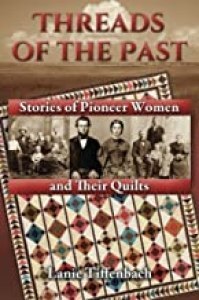
If you’ve read The Duchess of Idaho then you know that quilting has a role to play in the story. It’s a small role that will grow larger with the next book in the Grace trilogy, The Princess of Painted Skies. I love learning about the culture of the societies I write about, and quilting was an important part of the women’s culture during the pioneer and homesteading movement.
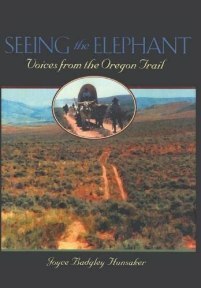
One of the cool things about studying the Oregon Trail is the sheer amount of primary sources from the era, mainly in the form of diaries and journals from women who traveled the trail. Yes, some men kept journals too, but primarily it was the women who documented the perilous 2000-mile trek. Seeing the Elephant: Voices From the Oregon Trail is a look at some of those voices. In fact, there are numerous compilations of journals and diaries from the era. Many are worth a look.
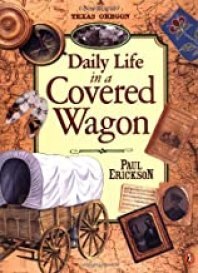
I’ve also made no secret of the fact that I love children’s books when I’m researching a historical era. If you’re inspired by photographs and pictures as I am, children’s books are a great way to discover some important information about the time period you’re researching. Nearly everything I learned about the white-covered prairie schooners came from Daily Life in a Covered Wagon by Paul Erickson.
This is just the short list. There are other books that helped me bring the Oregon Trail to life, including Covered Wagon Women: Diaries and Letters From the Western Trail Volumes 1-5 by Kenneth L. Holmes et al, Pioneer Women: The Lives of Women on the Frontier by Linda Peavy and Ursula Smith, and The Pioneers by David McCullough, which isn’t specifically about the Oregon Trail but gives wonderful insight into the pioneering spirit.
In case you’re wondering, I did play the Oregon Trail video game. For research purposes, of course.



